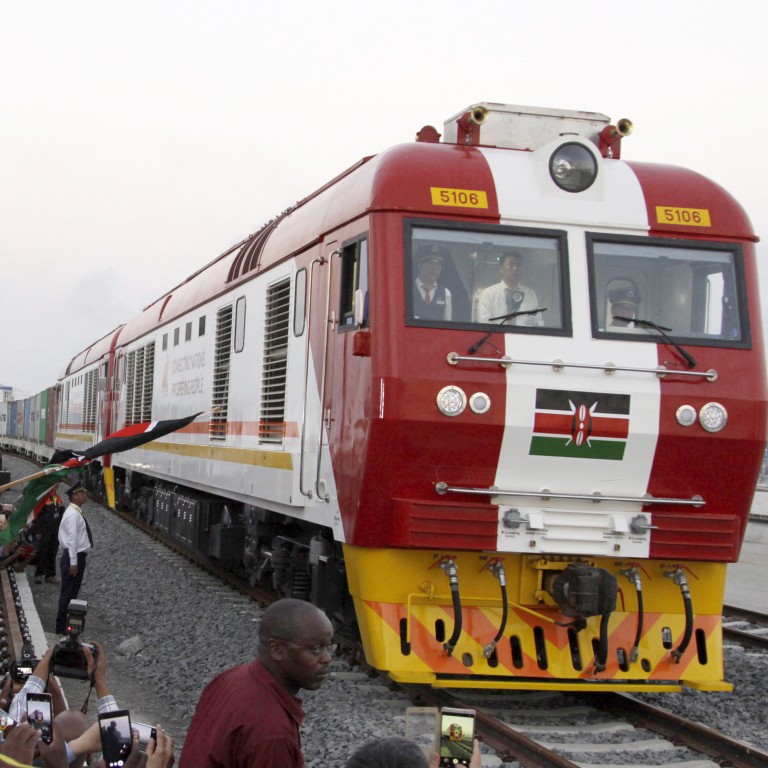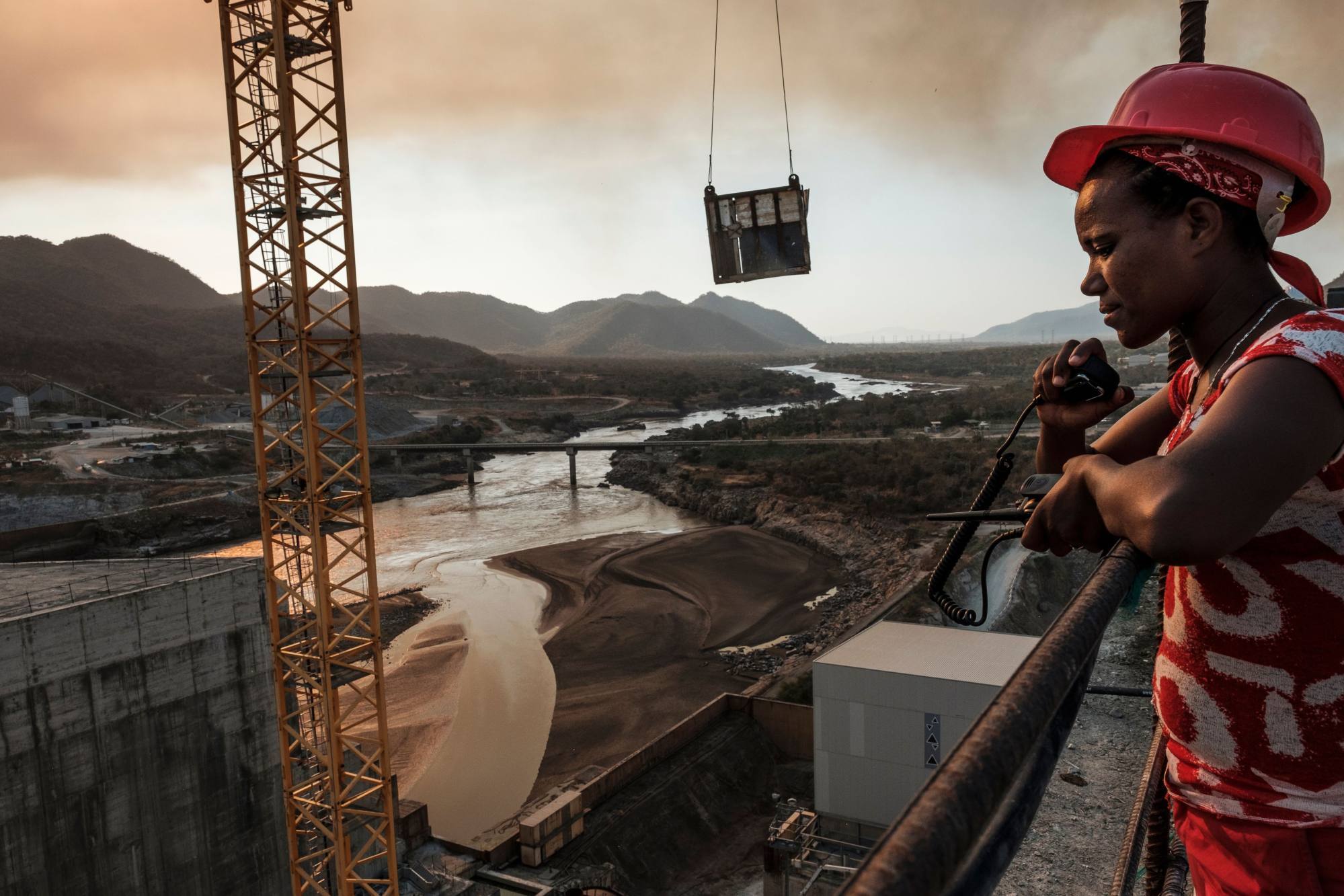
China’s loans to Sub-Saharan Africa projects rose a bit last year, report finds
- Chinese lenders advanced US$3.3 billion in 2020, a slight increase from 2019’s US$2.2 billion, according to Baker McKenzie
- Lending is still sharply down from 2017, when Chinese banks lent US$11 billion to African infrastructure projects
China’s lending to Sub-Saharan Africa energy and infrastructure projects rose slightly in 2020, though deal values remain well below their 2017 peak, a new report shows.
Chinese lenders advanced US$3.3 billion in 2020, a slight increase from 2019’s US$2.2 billion, according to the report from the multinational law firm Baker McKenzie, New Dynamics: Shifting Patterns in Africa’s Infrastructure Funding, which analyses new data from IJ Global.
In 2017, Chinese banks lent US$11 billion to African infrastructure projects, which dropped sharply to US$4.5 billion in 2018, tracking a general trend of the more cautious approach Chinese lenders are taking in their dealings with African countries.
Despite the slight increase last year, Simon Leung, a Baker McKenzie partner in Hong Kong, said there had been a slowdown in the number of infrastructure deals from China.
“In the short term, we expect to see more targeted lending – fewer projects of a higher quality using sophisticated structures – and new finance options, such as factoring, used to deploy Chinese capital into the region,” Leung said.

The report, released on Thursday, said that generally, there had been a drop in multilateral and bilateral lending into Africa- with investment levels falling successively in 2019 and 2020 compared to the peak levels seen after the global financial crisis of 2008-09.
In 2019, bilateral and multilateral lending into Africa amounted to US$55 billion, which dropped to US$31 billion in 2020. Over the last six years, the decline was even more significant: deal levels were at US$100 billion in 2014, Baker McKenzie said.
The report attributes the slowdown in infrastructure investment to the coronavirus pandemic, saying it led to disruptions to supply chains and restrictions on labour movement that delayed several projects.
“Previously reliable sources of project finance faltered and infrastructure investment in Africa fell sharply,” the study said.
Concerning opportunities for Chinese lenders, Leung said that Chinese banks and state-owned enterprises (SOEs) are focused on financing energy projects.
“There is a mandate to diversify the energy portfolio and increased appetite to acquire completed assets. We have seen particular interest from Chinese banks in increasing their investment share in energy projects that have recently become commercially operational – building on minority investments made in the boom years of 2014 – 2016,” he said.
He said that even though China remains the top international investor in Africa, the change in US administration and shifting post-Brexit priorities in Britain means there could be increased capital flow to Africa from both nations.
The report ranks China Exim Bank as far and away the top financier of infrastructure projects in Africa, providing US$29 billion between 2008 and 2020; the China Development Bank is fifth, with US$4.8 billion. The top lenders between them are the Japan Bank for International Cooperation (US$8.5 billion); African Development Bank (US$7.8 billion) and the International Finance Corporation (US$7.2 billion).
Baker McKenzie said that China’s investment in Africa had grown so quickly that in 2015 the country provided more financial assistance to the region than the World Bank.
It said between 2007 and 2020, Chinese investments and contracts in Sub-Saharan Africa amounted to US$303 billion, of which US$104 billion was channelled to the energy sector.
“We have seen a change in how Chinese players are interacting within the infrastructure finance ecosystem. The establishment of the Asian Infrastructure Investment Bank, with 10 member countries from Africa, and the New Development Bank marked a particularly significant moment in promoting collaboration,” the report said.
However, “China’s share of African debt has also increased, and when countries are in distress and need to renegotiate, it is not always clear how much is owed to China. Greater transparency in this regard will enable a better, harmonised and consistent approach to debt restructuring and repayment for all players”, it said.
When countries including Angola, Ethiopia, Kenya and Zambia – which have borrowed billions of dollars from Chinese banks to build projects – fell into debt troubles, they sought debt relief from China.


